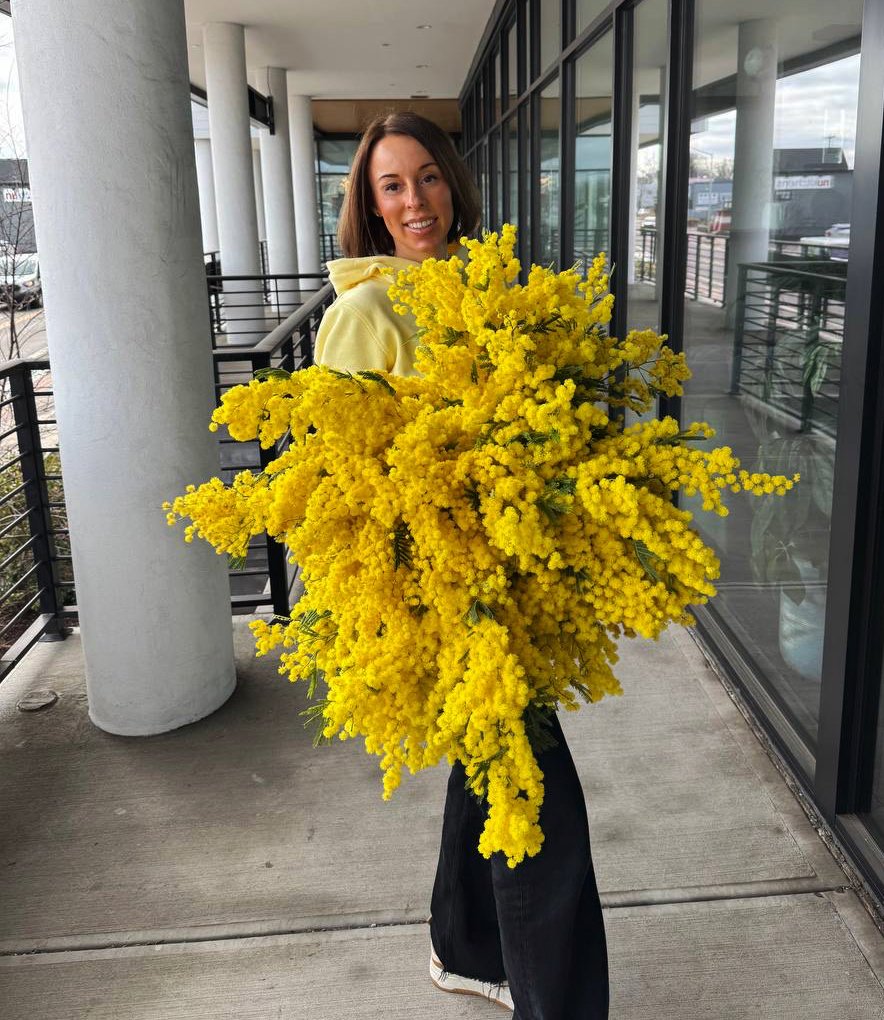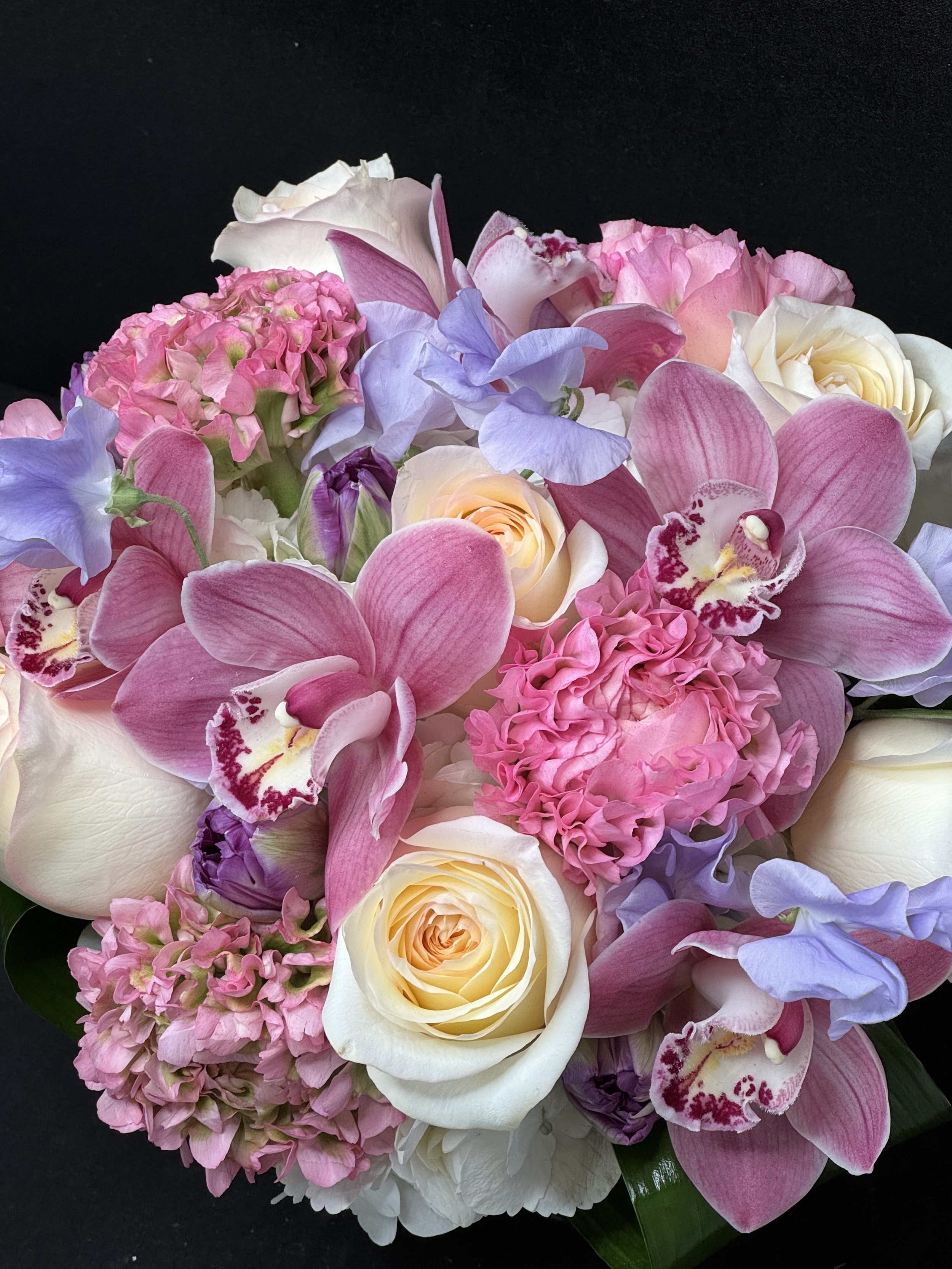The Psychology of Flowers: How Blooms Affect Our Mood
Flowers and Mental Health
Reducing Anxiety and Depression with Flowers
Let’s be honest—life can get overwhelming. Deadlines, family responsibilities, and the constant buzz of digital life often leave little room for calm. That’s where flowers come in. According to several studies, simply having fresh flowers around can significantly reduce stress and anxiety levels. They offer a natural, non-invasive way to create a peaceful mental state, which is why they’re becoming more common in both homes and therapeutic environments across the U.S.
Florists and mental health advocates often recommend keeping small bouquets in areas where stress tends to accumulate—your desk, nightstand, or kitchen counter. Blooms like lavender, chamomile, and hydrangeas are known for their relaxing effects. Their presence helps trigger a parasympathetic response in the body, lowering heart rate and reducing feelings of tension.
Scientific Studies Showing Emotional Uplift
Science backs this up. A study conducted by Rutgers University found that people who received flowers felt less anxious, more connected to others, and genuinely happier. Another study by Harvard University observed that participants who kept fresh flowers in their home reported fewer episodes of negative emotions and more positive energy throughout the day.
That’s no coincidence. Flowers naturally stimulate dopamine, serotonin, and oxytocin production—the “feel-good” chemicals responsible for happiness, emotional bonding, and mental clarity. In therapy settings, especially in hospitals or wellness clinics in the U.S., flowers are used as part of holistic approaches to healing.
Some therapists even recommend flower arranging as a therapeutic exercise. It’s calming, creative, and meditative—all things that support mental health.
How Flowers Affect Social and Emotional Relationships
Encouraging Empathy and Connection
Flowers are powerful emotional messengers. When someone gives you flowers, it’s more than just a pretty gesture—it’s a meaningful form of non-verbal communication. This simple act fosters empathy and connection, which is why flowers are commonly used in moments of love, apology, condolence, and celebration.
In U.S. culture, gifting flowers is deeply woven into traditions—think Valentine's Day roses or sympathy lilies. And it’s not just symbolic. Studies show that people who receive flowers feel more connected to others, which boosts emotional wellness and reduces feelings of isolation.
Strengthening Emotional Intelligence
Being around flowers also increases your emotional awareness. Their fleeting beauty reminds us to be present and appreciate life’s small joys. They teach mindfulness, patience (as you care for them), and emotional expression—essential traits for building emotional intelligence.
This is especially true when arranging flowers yourself. It forces you to consider color, balance, and emotion—helping you tune into your feelings and how you want to project them outward. In many American households and schools, floral design is now being introduced as a creative outlet that doubles as emotional development.
Flowers in Everyday Life: Creating a Positive Environment
Boosting Home and Workspace Energy
Whether it's your home office, living room, or even your bathroom, the vibe of your environment directly affects your mood. Fresh flowers are one of the easiest ways to lift that vibe instantly. Their beauty, scent, and color introduce life into sterile or stressful spaces.
In the U.S., this is part of the “biophilic design” trend—integrating nature into interior spaces. Flowers, along with indoor plants, are central to this movement. They don’t just look nice—they make you feel good. People who work in spaces with natural elements like flowers report higher job satisfaction and lower burnout rates.
Creating Rituals Around Flowers
Beyond just decoration, flowers can become part of your daily rituals. Maybe it’s picking out a new bouquet every Saturday at the farmer’s market, trimming stems and arranging them mindfully, or simply pausing each morning to admire them on your desk. These tiny rituals create joy and grounding in your day-to-day life.
They serve as visual cues to slow down, appreciate beauty, and find moments of peace amid chaos. In a society that’s constantly rushing, this simple shift in attention can have profound effects on your emotional health.
Flowers and Their Role in Healing Spaces
Hospitals, Clinics, and Recovery Rooms
Flowers aren't just about beauty—they're often a quiet part of the healing process. Hospitals and clinics across the U.S. are increasingly incorporating flowers into their design for a reason: they help patients heal faster. Research has shown that patients recovering in rooms with floral arrangements or views of nature report lower pain levels, reduced stress, and shorter recovery times.
Why does this happen? Flowers stimulate our senses and engage our minds in gentle ways, diverting attention from discomfort. Their colors and scents act as a natural form of sensory therapy, providing relief without medication. They also offer emotional support, especially for patients feeling isolated or overwhelmed.
Even a small arrangement on a hospital bedside table can uplift a patient's mood, provide a feeling of being cared for, and contribute to a sense of normalcy. In therapeutic settings such as mental health clinics or rehabilitation centers, flowers are used to inspire hope, creativity, and emotional openness.
Home Healing and Post-Illness Comfort
Bringing flowers into the home after an illness or during recovery has similar effects. They provide a sense of renewal and act as a reminder that life goes on. For many, giving someone flowers after surgery or during a rough patch is more than tradition—it’s a loving form of encouragement.
In home care environments, such as those assisting elderly or disabled individuals, fresh blooms can improve emotional engagement and even cognitive function. It’s not just about seeing something pretty—it’s about reigniting curiosity, joy, and motivation.
Flowers as a Form of Self-Care
Buying Flowers for Yourself
Here’s a radical idea that more Americans are embracing: don’t wait for someone else to give you flowers. Buy them for yourself. Why? Because self-care isn’t selfish—it’s necessary. Treating yourself to a bouquet is a small act that makes a big emotional impact.
It signals that you value beauty, wellness, and your own happiness. It’s also empowering. Instead of waiting for love or recognition from others, you create it for yourself. Many women and men alike in the U.S. are now including fresh flowers in their self-care routines, much like lighting a candle, drawing a bath, or journaling.
You don’t need a reason—pick up a few stems from the store, arrange them with care, and enjoy the joy they bring each time you walk by.
Floral Arranging as a Therapeutic Practice
DIY flower arranging is not just fun—it’s healing. The creative process requires you to slow down, engage your senses, and make decisions based on what feels right. That’s what makes it such a powerful mental health tool.
Classes in floral design are popping up in community centers and wellness retreats across the U.S. because people are realizing how therapeutic it is. It’s a quiet, hands-on way to process emotions, reduce anxiety, and find calm.
You don't need professional skills—just start with a few flowers, a clean vase, and an open mind. Let yourself enjoy the colors, the shapes, the smells. It’s mindfulness in motion.
Conclusion
Flowers aren’t just decorations—they’re emotional companions. They speak to our hearts in ways words can’t. Whether it's a vibrant sunflower that lifts your spirits or a gentle lilac that calms your soul, flowers have the ability to shift your emotional state and invite joy, peace, and balance into your life.
In a world where we’re constantly looking for ways to feel better—through apps, gadgets, or expensive treatments—the answer might be as simple as a bouquet on your table. The psychology of flowers reminds us of something timeless: beauty heals.
So next time you’re feeling low or just want to feel a little brighter, let flowers do the talking. Their language is silent, but their message is powerful.

